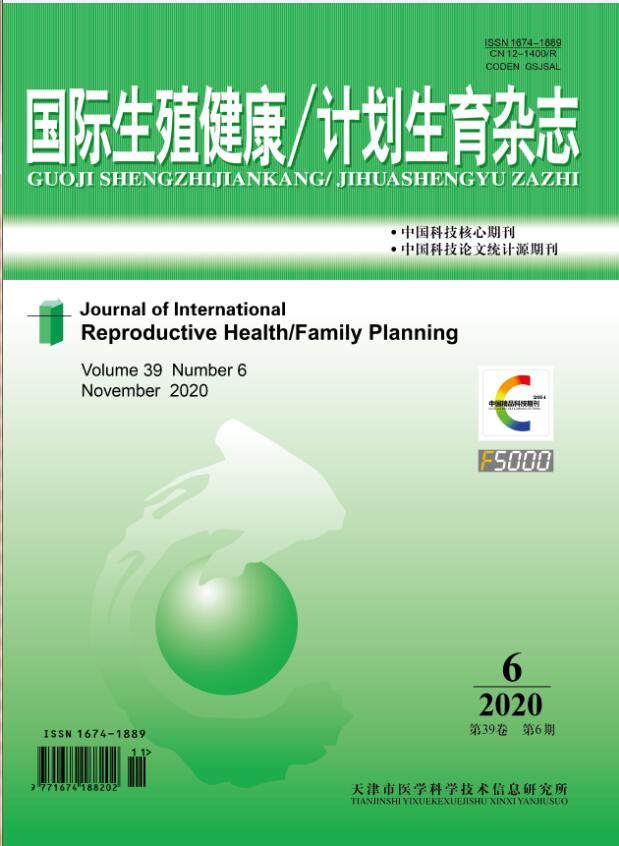|
|
Effect of GnRHa Ultra Long Protocol on Clinical Outcomes of IVF/ICSI-ET in Patients with Different Stages of Endometriosis: A Meta-Analysis
LI Xin -xin,ZHANG Ao,QUAN Song
2019, 38 (1):
35-42.
Objective:To evaluate the effect of GnRHa ultra long protocol on clinical outcomes of IVF/ICSI-ET in patients with different stages of endometriosis. Methods:PubMed, EMBASE, Web of Science, Cochrane Library, CNKI, Wanfang Data, VIP database, CBM and Google Scholar were searched to identify those studies involving human subjects published before August 1st, 2018. Those clinical trials that compared the effects of the GnRHa ultra long protocol and the GnRHa long protocol on clinical outcomes of IVF/ICSI-ET in patients with endometriosis were included. The meta-analysis was performed by two investigators. Results:Nine studies were included in the meta-analysis. Comparing with the GnRHa long protocol, the GnRHa ultral long protocol in those endometriosis patients at stage Ⅰ-Ⅱ had significantly higher Gn doses (SMD=0.36, 95%CI: 0.01-0.70) and higher implantation rate (RR=1.19, 95%CI: 1.04-1.37), and lower number of oocytes retrieved (SMD=-0.26, 95%CI: -0.48- -0.04), although there were no significant differences in basal FSH, Gn days and clinical pregnancy rate (all P>0.05). In those endometriosis patients at stage Ⅲ-Ⅳ, the GnRHa ultra long protocol had significantly higher clinical pregnancy rate (RR=1.38, 95%CI: 1.06-1.80) when compared with the GnRHa long protocol, although there were no significantly differences in basal FSH, Gn doses, Gn days, the number of oocytes retrieved and implantation rate (all P>0.05). Conclusions:For those endometriosis patients at stage Ⅰ-Ⅱ, the GnRHa ultra long protocol could not improve the pregnancy rate, but cost more Gn and retrieve fewer oocytes. For those endometriosis patients at stage Ⅲ-Ⅳ, the GnRHa ultra long protocol could significantly improve the pregnancy rate.
Related Articles |
Metrics
|

